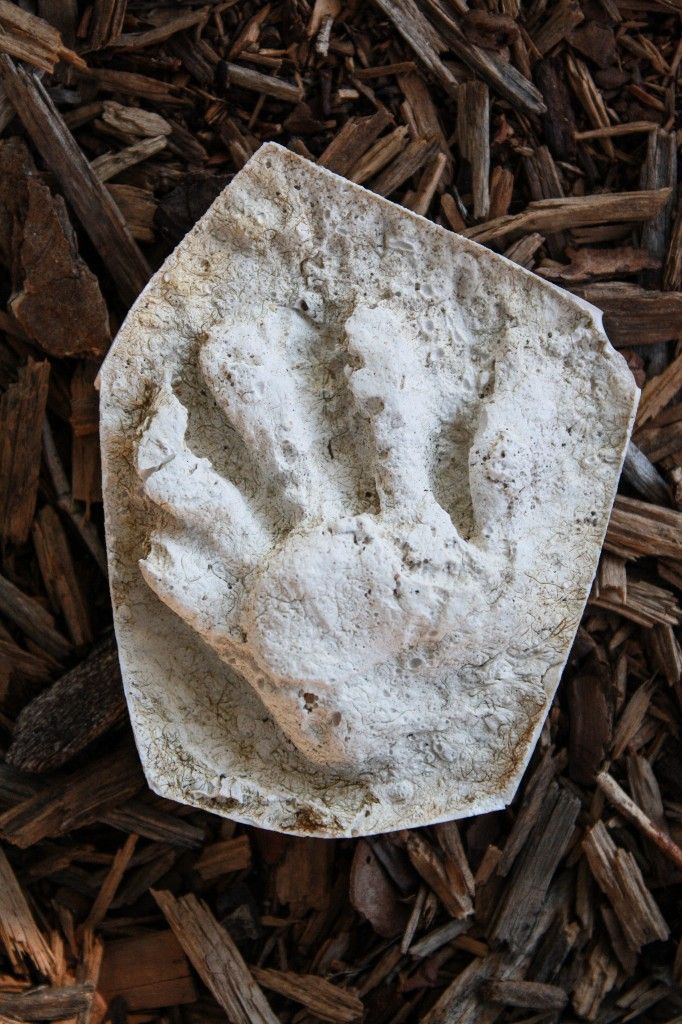If you were tasked with crafting a lasting impression of wildlife, could you rise to the challenge? Imagine stepping into the great outdoors and capturing the essence of animals through their tracks—filled with wonder and insight, waiting to be discovered. “Project: Casting Animal Tracks” presents an opportunity to delve into the fascinating world of wildlife in a tactile, educational endeavor. This engaging activity not only bridges the gap between nature and art but also honed your observational skills and deepens your appreciation for biodiversity.
Creating casts of animal tracks is an inviting way to engage with the environment, especially for families or classrooms looking to explore the wonders of animal behavior and ecology. Ultimately, this project transcends mere recreation; it’s a gateway to understanding ecosystems and the denizens that inhabit them. Through this activity, participants can glean essential insights into the environment by interpreting the stories inscribed into the earth by the myriad creatures that traverse our paths.
The initial step in the project entails identifying animal tracks, a nuance that may seem deceptively simple but bears complexity. Tracks offer a plethora of information about an animal’s identity, size, and behavior. From the distinctive pad shapes of canines to the elongated impressions left by deer hooves, each print serves as a fingerprint, etched into the soft ground, a narrative waiting to be unveiled. To aid in this endeavor, various field guides and resources exist, detailing the characteristics of common North American wildlife prints. Familiarizing oneself with these resources can transform the wilderness into an immersive classroom, allowing for a richer understanding of the local fauna.
Once the tracks are located, the real artistry begins. Casting involves creating a three-dimensional representation of the track using materials such as plaster, clay, or specialized casting compounds. While this process is relatively straightforward, a modicum of finesse is required to achieve an accurate and aesthetically pleasing result. First, clean the area around the track to ensure a smooth surface. Carefully mix your casting material according to package instructions, ensuring that the consistency allows for adequate flow into the impressions without overwhelming the details.
While pouring the casting material, it is crucial to employ patience. Allow the mix to settle into the crevices of the track, capturing the subtle textures that define it. To further enhance the integrity of the cast, consider using a small wooden stick or tool to gently coax the mixture into the depths of the impression. This meticulous attention guarantees lifelike features in the final product. If done correctly, every striation and ridge from the original track will be immortalized, giving you a window into the lives of the creatures that walk the earth.
After allowing the cast to cure, which often takes several hours, the moment of revelation arrives. Carefully extract the cast from the ground, a thrilling experience akin to unearthing an archaeological treasure. Each cast serves not only as an artistic representation but also as an educational artifact, encouraging discussions surrounding the specific animal, its habitat, and ecological roles. What did the animal likely eat? Was it foraging, migrating, or perhaps running from a predator? Each answer contributes to a broader narrative about the intricacies of life in the wild.
This project integrates seamlessly into various educational curricula, providing a hands-on approach to learning about wildlife, ecology, and environmental stewardship. Teachers can use the casts as springboards for lessons on local ecosystems, interdependence among species, and conservation efforts. Students can engage in collaborative projects, fostering teamwork while exploring the connectedness of fables about ecosystems. Furthermore, casting animal tracks cultivates critical thinking, as participants learn to hypothesize about animal behaviors based on track patterns and contexts.
In an era where technology often distracts from the natural world, “Project: Casting Animal Tracks” emphasizes the importance of reconnecting with nature. By physically engaging with the elements of our environment, we cultivate a deeper understanding of the living tapestry that surrounds us. This tactile experience counters the digital detachment pervasive in modern lifestyles, encouraging mindfulness of our ecological footprint.
Moreover, this project can also extend beyond the confines of the educational curriculum. As a family activity, it fosters communication and bonding as participants share their findings and insights in an exploratory quest. In scouting out tracks and casts, family members both young and old can learn valuable lessons about patience, observation, and respect for nature—a true investment in today’s world.
Ultimately, “Project: Casting Animal Tracks” returns us to our roots, reminding us of our connection to the earth and the creatures that inhabit it. So, are you willing to accept the challenge? Will you embark on an adventure that melds creativity with ecological enlightenment? The world of animal tracking awaits, ready to unfold its mysteries through the gentle impressions left upon the soil.
Dare to explore, learn, and create—to cast not just tracks, but also lasting memories entwined with the wilderness that sustains us.









Leave a Comment